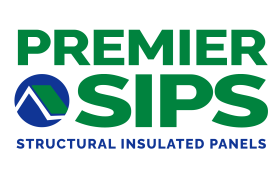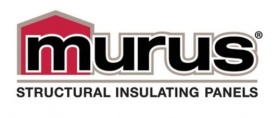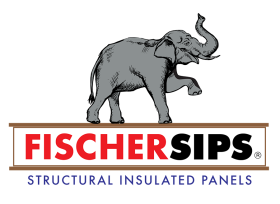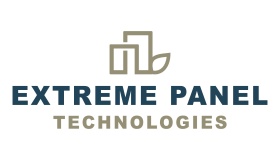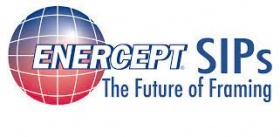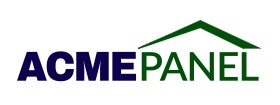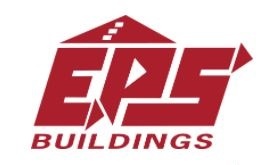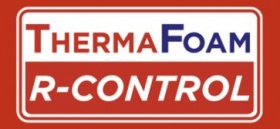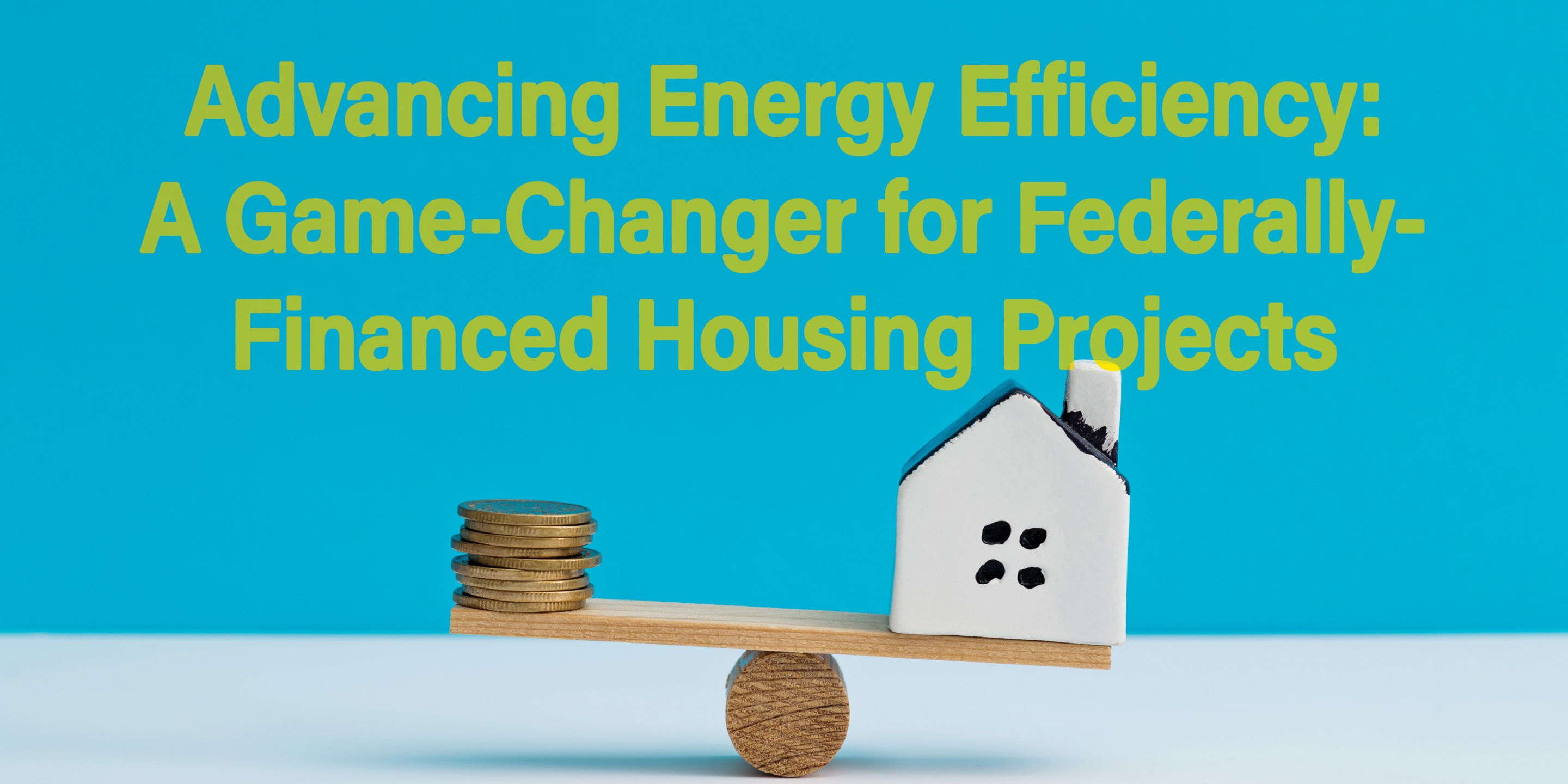
Transforming HUD and USDA Financed Housing into High-Performance Buildings with SIPs
In an era marked by growing concerns about climate change and the urgent need for sustainable practices, the construction industry plays a crucial role in shaping a greener future. However, one significant challenge lies in the energy efficiency standards of Federally assisted housing, including VA and FHA loans. Recognizing the importance of advancing energy efficiency for low to middle-income households, the Department of Housing and Urban Development (HUD) recently took a significant step forward. In May, HUD released a draft determination to update federal building codes, requiring the application of the latest efficiency standards in these federally financed projects.
This pivotal move marks a significant shift as it will require developers to construct homes with taxpayer funds to adhere to the IECC 2021 for low-density housing and ASHRAE 90.1 for multi-family projects. The adoption of these new standards will result in substantial reductions in carbon emissions, sizeable cost savings on heating and cooling expenses for homeowners and improved public health. This grand embrace of greater energy-efficiency standards at the federal level will have a significant impact on the VA loan recipient (typically buying their first or second home) and the FHA loan recipients (a government-backed mortgage designed for low-income earners).

“The new model energy codes reduce energy use by about one-quarter compared to the current requirements. HUD estimates this will save around $400-900 million and 2 million tons of CO2 emissions for each year of new homes. ACEE projected larger long-term savings for the policy with progressively higher standards.”
Why is this Energy Update for Federally Assisted Housing So Big?
- Federal loans help finance about one-fifth of all new single-family homes purchased every month
- One-eighth of new units are in multifamily buildings
- Small changes in efficiency standards could lead to a huge impact on roughly 20,000 homes every month and potentially more than 200,000 new homes each year
In summary, VA and FHA loans across the country (regardless of local, state-level building codes) must meet IECC 2021 codes and the new specifications in ASHRAE 90.1. FHA and VA loans are commonplace and this mandated shift will result in better enormous energy savings and quality housing for a huge swath of the American population.

SIPs: A Streamlined Solution for Achieving Energy Efficiency Goals
As the construction industry embraces these new energy efficiency requirements, Structural Insulated Panels (SIPs) offer a streamlined approach to effectively comply with the updated standards. SIPs provide developers with a gateway solution to achieve remarkable energy efficiency goals while ensuring compliance with both residential and commercial building codes.
SIPs create a continuous insulation envelope that minimizes thermal bridging and reduces air infiltration, resulting in significantly lower heating and cooling costs. Beyond their sustainability qualities, SIPs also offer advantages in terms of construction efficiency. As an offsite construction method, SIPs require less time and labor while exceeding building and energy code requirements, resulting in high-performance structures that stand the test of time. Learn about the full advantages of designing and building with SIPs through our SIP Design Best Practices Series.
Key Benefits of using SIPs:
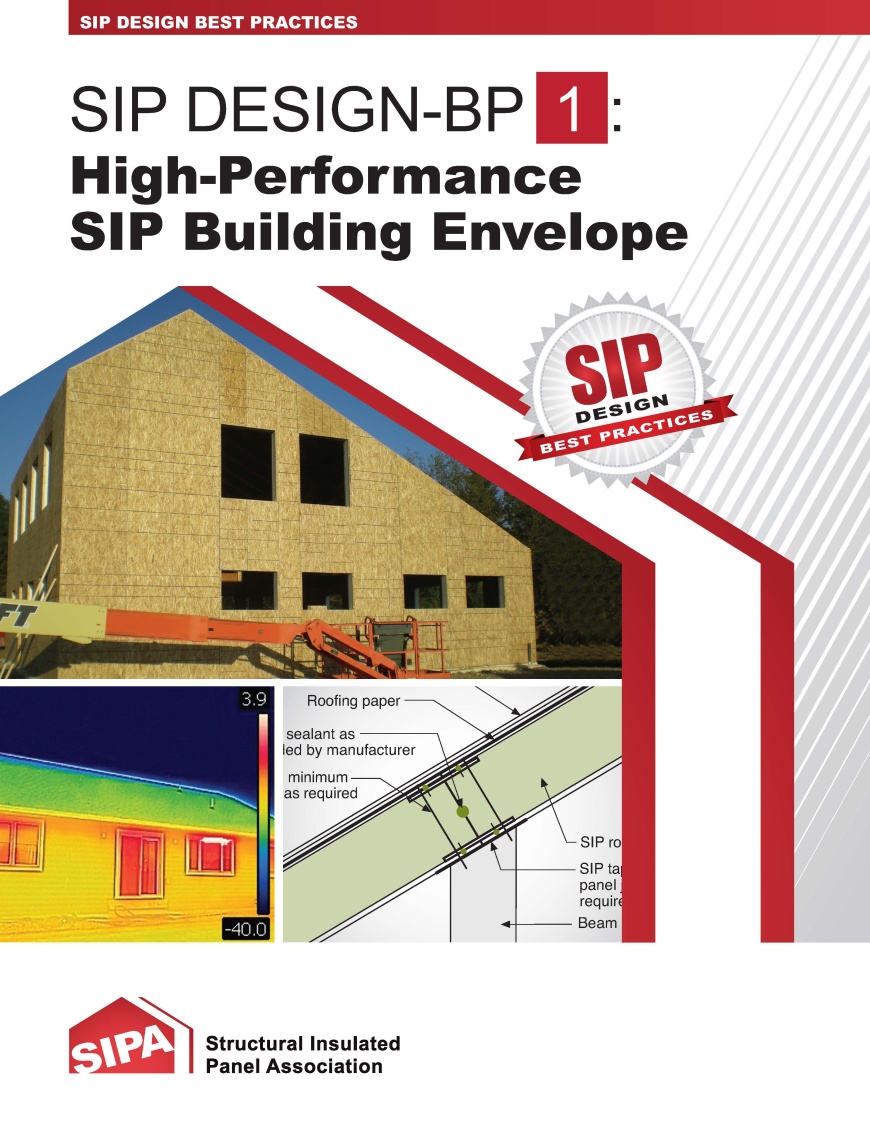
- SIPs surpass thermal envelope requirements outlined in the IECC building codes from 2012 to 2021, eliminating the need for additional continuous insulation on the building exterior. This streamlined approach simplifies construction while ensuring exceptional energy efficiency
- SIP homes save 40-60% on energy compared to stick-frame construction, depending on the climate zone.
- SIPs provide extremely airtight structures, a crucial component in improving indoor air quality (IAQ), sound acoustic control and thermal stability for optimal comfort. These factors collectively contribute to enhanced indoor environmental quality (IEQ) encompassing all aspects of a healthy and comfortable living environment.
- SIPs provide 85-88% less air leakage than stick-frame construction easily achieving < 2 air changes per hour ACH50 surpassing the code’s requirement of 3 to 5 ACH50 depending on climate zone.
- SIPs are available in a range of thicknesses delivering exceptional thermal performance.
- Various SIP connections are available which minimize thermal bridging.
- Factory-applied rigid foam insulation cores eliminate concerns over quality insulation installment.
- Reduced HVAC requirements.
- Future proof a structure’s compliance to tighter energy codes
- Are considered extremely resilient since they comply with all seismic and hurricane zones and maintain strength after drying out from flooding
How to Get Started with SIPs
If you are just starting your journey with SIPs, we invite you to explore our website, packed with information and resources to help you understand how SIPs can benefit your project. We provide insightful resources tailored to all project stages including Designing with SIPS & Building with SIPs. Design specifications, code reports, project showcases, builder certification and AIA Continuing Education can all be found at www.SIPs.org





